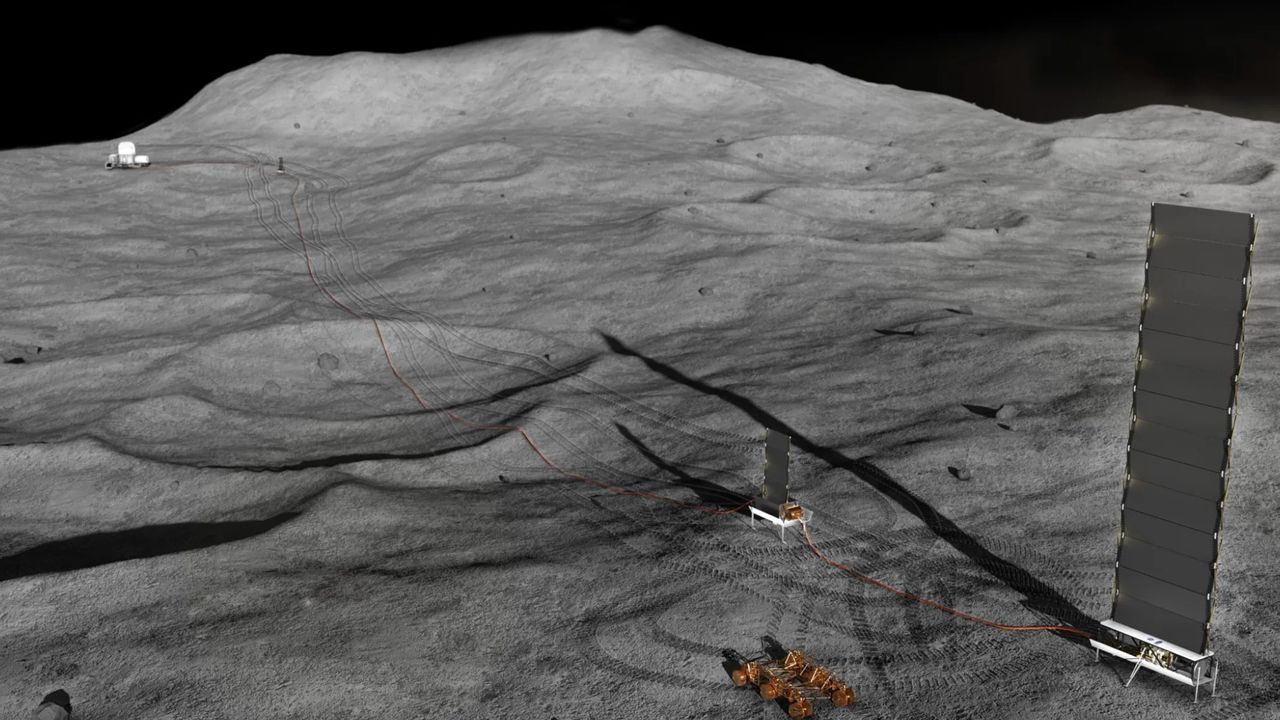NASA is intensifying its efforts to establish a nuclear reactor on the moon, aiming for a launch by 2030. For several years, the agency has been developing a 40-kilowatt fission system, but recent developments indicate a shift towards a more ambitious goal. Interim NASA chief Sean Duffy is expected to announce a directive this week that will call for industry proposals to build a 100-kilowatt nuclear reactor. This project is a critical component of NASA’s plans to support the return of astronauts to the lunar surface as part of the Artemis program.
The directive, which will be revealed shortly, emphasizes the urgency of the initiative. According to a report by Politico, the reactor system is vital for sustaining a lunar outpost, particularly because solar power is less viable on the moon. The moon’s slow rotation results in roughly two weeks of continuous nighttime, making solar energy unreliable for extended periods.
NASA’s ambitions coincide with similar plans from China, which is collaborating with Russia and other nations to establish a moon base. The upcoming directive from Duffy is seen as a strategic move to ensure that the United States maintains a competitive edge in lunar exploration. The report notes that the first nation to successfully deploy a nuclear reactor on the moon could potentially “declare a keep-out zone,” significantly impacting U.S. interests and operations in space.
In addition to the focus on lunar nuclear power, the Artemis program aims to establish one or more bases on the moon by the early 2030s. This program reflects a broader international interest in lunar exploration and the potential for long-term human presence on the moon.
The leadership of NASA has seen recent changes, with Sean Duffy appointed as interim administrator on July 9, 2023. Duffy, known for his diverse background as a former Fox Business Channel host and reality television star, stepped into the role following the withdrawal of the previous nominee, billionaire entrepreneur Jared Isaacman, just days before his expected confirmation.
The push for a nuclear reactor on the moon not only highlights NASA’s technological ambitions but also underscores the geopolitical implications of space exploration in the coming years. As nations race to establish a presence beyond Earth, the outcome of these initiatives will likely shape the future of international space cooperation and competition.
